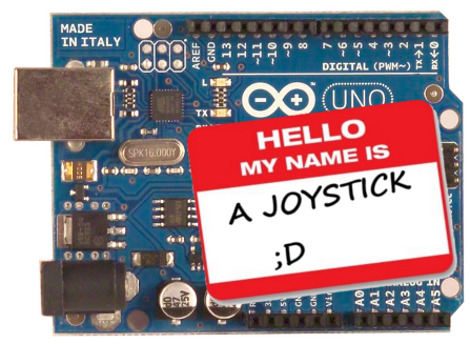
[Chris] Writes in to tell us about his motion sensing, Arduino powered Creeper. As if these buggers were not frightening enough in game, [Chris] had to go and make the closest (legal) real world facsimile. The Creeper utilizes an Arduino Uno with a wave shield to playback creeper noises, PIR sensor to detect victims, and an RC car as a motorized cart. The creeper sits and waits for a signal from the PIR detector, when it sees motion the RC remote is triggered, Creeper noises played and (we assume) panic ensues.
We might have forgone the entire RC part of the toy car and found the H-bridge motor controller, but using the RC remote has potential. The whole triggering mechanism can be placed remotely allowing the Creeper to jump out from some kind of cover.
Not enough Minecraft? Check out some our other Minecraft projects if you are interested in more tree-punching goodness.
A video of the creeper in action is available after the jump!
Continue reading “Motion Sensing Minecraft Creeper Will Scare The Pickaxe Offa’ya”
















